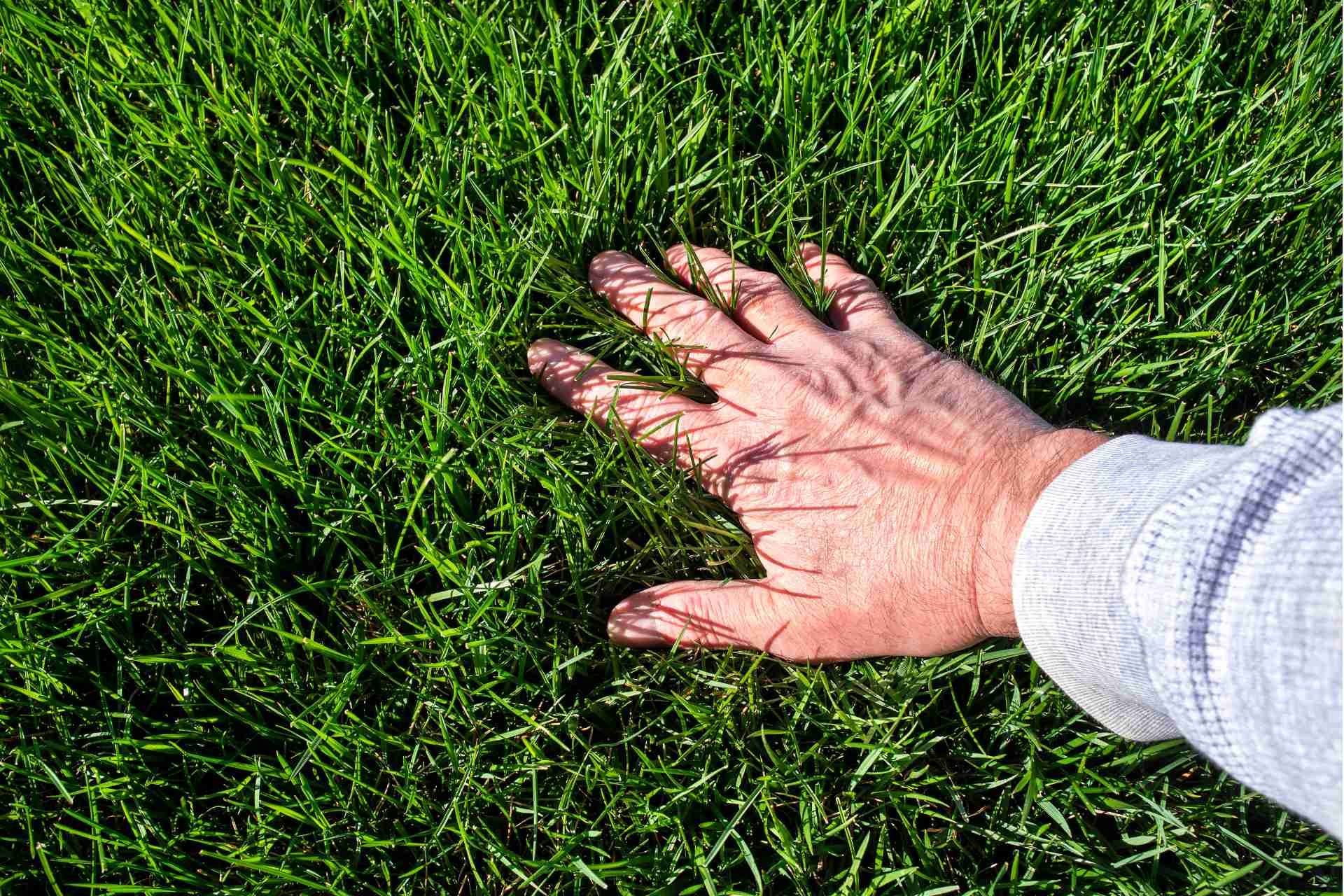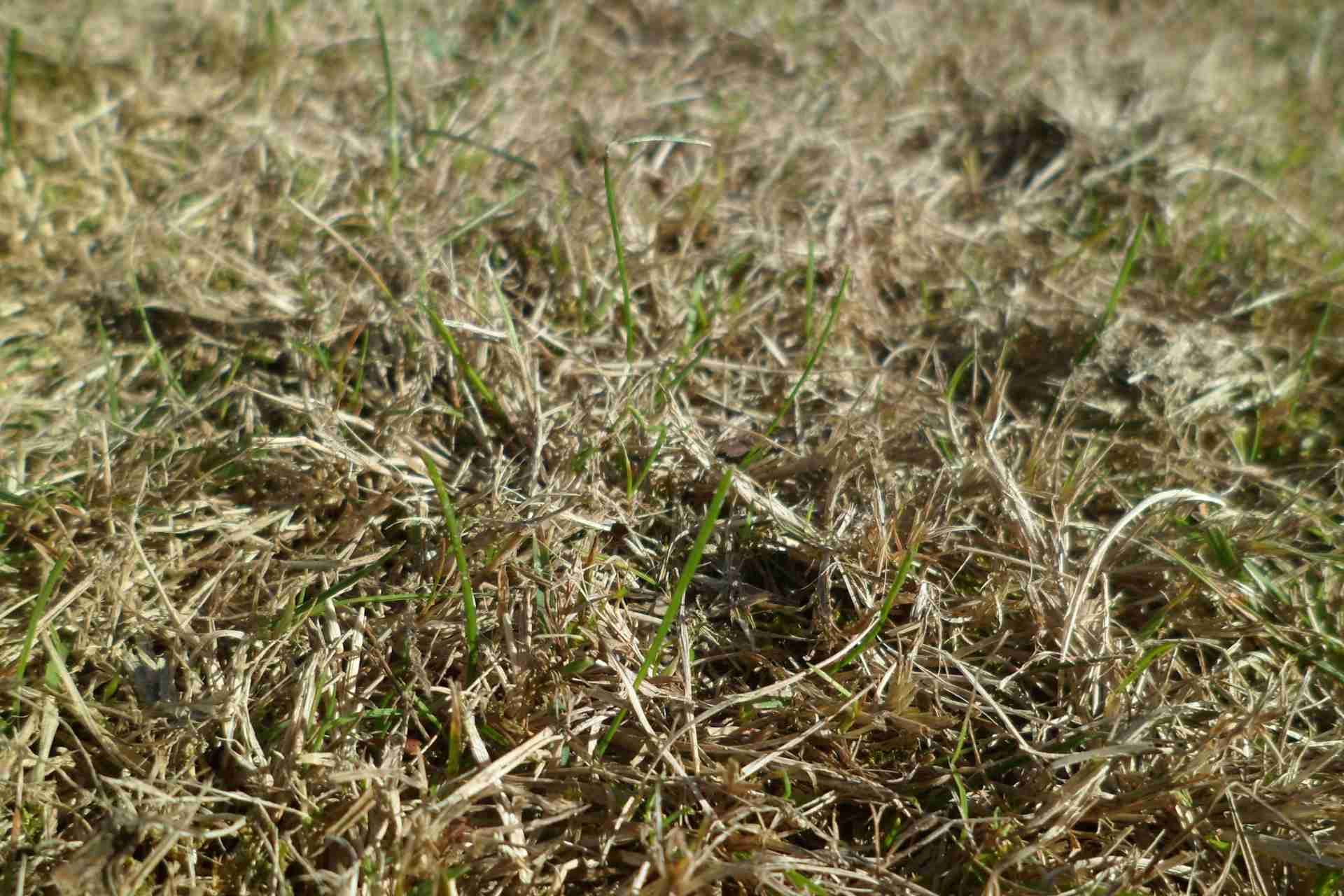Master the Art of Lawn Mowing: Essential Tips You Should Know
Lawn Mowing Tips You Should Know

When it comes to lawn care, remember the old adage, 'A stitch in time saves nine.' Setting the right mowing height is crucial, but there's more to maintaining a healthy lawn than just that. Understanding the ideal frequency and mastering the proper mowing technique are equally important.
By following a few
lawn mowing tips you should know, you can ensure your lawn remains lush and vibrant. But there's a lesser-known factor that can significantly impact the health of your grass.
Proper Lawn Mowing Height
When mowing your lawn, always remember to set the mower blade at the recommended height for optimal grass health and appearance. Grass health greatly depends on the mower settings you choose. Different types of grasses thrive at specific heights, so adjusting the mower blade becomes crucial. For instance, cool-season grasses like Kentucky bluegrass or fescue should be mowed between 2.5 to 3.5 inches, while warm-season grasses such as Bermuda grass do well between 1 to 2 inches.
Incorrect mower settings can lead to various issues. Cutting the grass too short exposes the soil to sunlight, promoting weed growth and increasing the grass's susceptibility to diseases. Conversely, leaving the grass too long can create a shelter for pests and diseases. Therefore, understanding the ideal mower settings for your specific grass type is essential for its overall health. By adhering to the recommended heights, you ensure that your grass remains healthy, vibrant, and visually appealing.
Mowing Frequency
To maintain a healthy and well-groomed lawn, it's crucial to establish a consistent mowing schedule based on the growth rate of your grass. Seasonal variations play a significant role in determining how often you should mow your lawn. During the peak growing seasons of spring and early summer, you may need to mow more frequently, while in the heat of summer or during dormancy in winter, mowing can be less frequent.
Environmental impact is another key factor to consider when determining your mowing frequency. Cutting your grass too short or too often can stress the lawn, leading to issues like sunburn and vulnerability to pests. On the other hand, allowing your grass to grow too tall between mows can result in a thatch buildup, which can harbor diseases and pests. Finding the right balance that suits both your lawn's needs and the environment will help you achieve a lush and healthy lawn.
Mowing Technique
For an impeccable lawn appearance and optimal grass health, executing the correct mowing technique is essential. When it comes to mowing your lawn, paying attention to the details can make a significant difference. Start by edging along sidewalks, driveways, and landscaping beds before you begin mowing. This creates a clean, professional look and prevents the need for additional trimming later.
Additionally, consider leaving grass clippings on the lawn after mowing. Contrary to popular belief, grass clippings act as a natural fertilizer, returning valuable nutrients back to the soil as they decompose. This process helps promote a healthier lawn by improving soil quality and reducing the need for chemical fertilizers. However, ensure that the grass clippings aren't too long or clumped together, as this can smother the grass below.
Conclusion
Now that you know the proper lawn mowing height, frequency, and technique, you're well-equipped to maintain a healthy and beautiful lawn.
Remember to regularly mow your lawn at the recommended height, adjust your mowing frequency based on growth, and use proper technique to avoid damaging the grass.
By following these tips, you'll have a lush and well-manicured lawn that will be the envy of your neighborhood.
Happy mowing!









